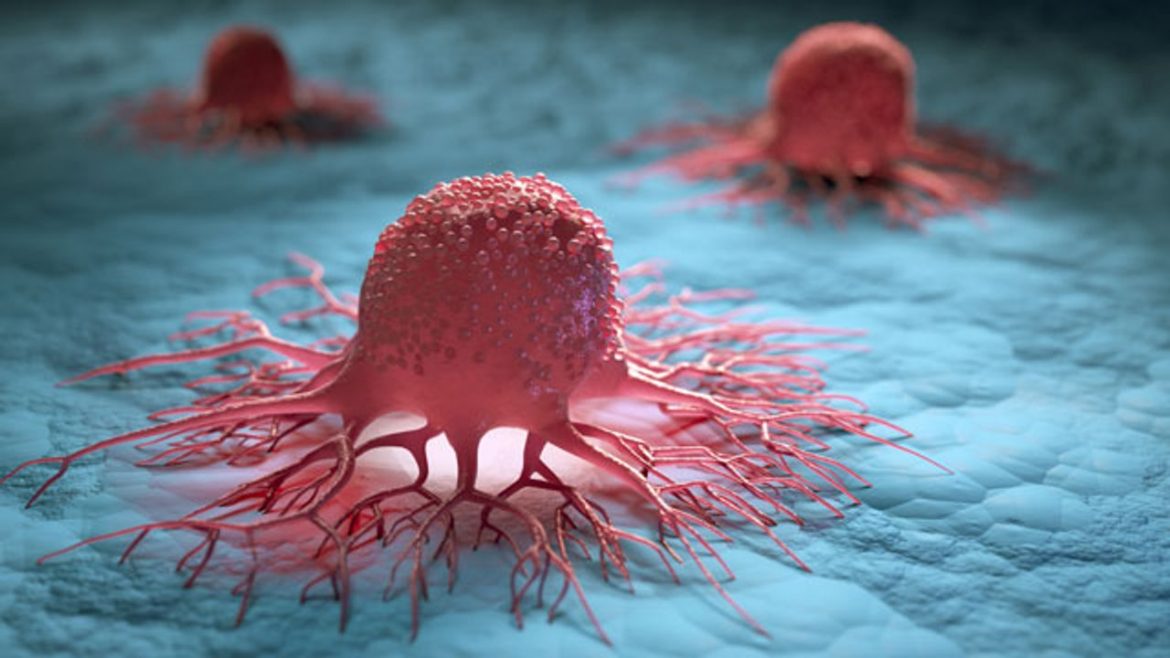A recent study’s findings offer a unique idea for how tumour cells resist elimination by the immune system.
They may also aid in the development of medicines that combine immunotherapy with the targeted suppression of certain signalling pathways in tumour cells. This research was published in the journal eLife.
“Cancer immunotherapy harnesses the body’s immune system to fight cancer. Despite its remarkable success, the majority of patients who receive immunotherapy will only see their tumours shrink in size temporarily before returning, and these relapsed tumours will likely be resistant to immunotherapy treatment,” says first author Amit Gutwillig, who was a PhD student at the Carmi Lab, Tel Aviv University, Israel, at the time the study was carried out, and is now a Senior Researcher at Nucleai, Tel Aviv.
To identify tumour relapse after immunotherapy, Carmi and the team began by comparing the genetic sequences of whole genomes in primary and relapsed tumours in the same patient. Their analysis suggested that relapsed tumours do not change dramatically following immunotherapy.
Next, the team studied this process in breast cancer and melanoma, using mouse models in which immunotherapy-resistant tumours had relapsed. They administered the mice with cells from treated tumours and allowed these cells to reach a palpable size.
The team found that the cells were equally susceptible to the same immunotherapy approach as the parent tumour, although they relapsed sooner.
To better characterise the tumour cells that survived in mice following immunotherapy, the researchers isolated and studied the live tumour cells. They found that most of the cells responded to the presence of T cells – a type of immune cell that targets foreign particles – by organising into temporary formations.
These were made up of clusters of several tumour cell nuclei, which are surrounded by a single, multilayered membrane and a meshwork of cortical actin filaments. The inner cell of the formation was dense and appeared to be compacted within another cell.
To show that this result was not due to the isolation of the melanoma cells, the team also analysed tumours with fluorescently labelled cell nuclei and membranes. They found that cell-in-cell formation was more prevalent in immunotherapy-treated tumours, particularly in sites associated with tumour cell death.
Further analysis indicated that roughly half of the tumour cells that survived immunotherapy were arranged in the cell-in-cell formation. Over time, these cells returned to a single-cell state, with similar structural features to those of the parental cell line.
The team next tested whether this phenomenon occurs in human cancers. To do this, they incubated tumour cell lines with pre-activated T cells from healthy donors. They discovered that the vast majority of breast, colon and melanoma tumour cells that survived T-cell killing were organised into the cell-in-cell structure.
A three-day observation of T cells interacting with tumour cells showed that these structures were dynamic, with individual tumour cells constantly forming and disseminating from the structure.
Finally, they examined the clinical significance of this discovery by analysing malignant samples from four stage 4 melanoma patients’ numerous organs. These individuals were having their main and metastatic lymph nodes (those that had spread from the underlying tumour) surgically removed.
The researchers discovered that cell-in-cell development was common in the T-cell zone of the draining lymph nodes but not in the main tumours in all four patients. Furthermore, in a patient with untreated recurrent melanoma, most of the cells in the main tumour were single cells, whereas cell-in-cell structures were abundant in the recurring tumours.
“This previously unknown mechanism of tumour resistance highlights a current limitation of immunotherapy,” says senior author Yaron Carmi, Principal Investigator at the Department of Pathology, Sackler School of Medicine, Tel Aviv University.
Yaron added, “Over the past decade many clinical studies have used immunotherapy followed by chemotherapy. But our findings suggest that timed inhibition of relevant signalling pathways needs to occur alongside immunotherapy to prevent the tumour from becoming resistant to subsequent treatments.”
Also Read: Delayed action hearing loss treatment triggers dementia, depression and cognitive disorders: Report





